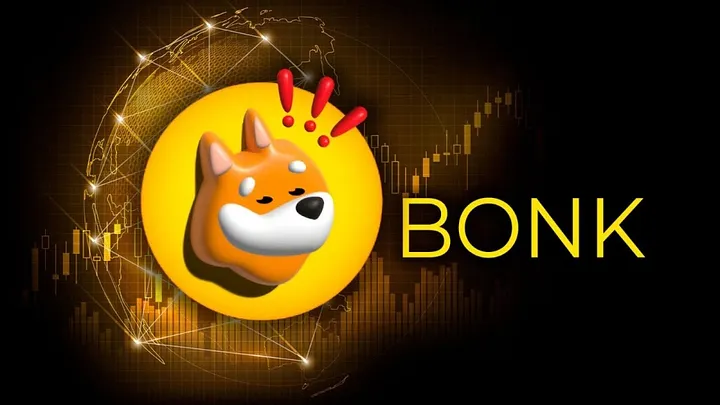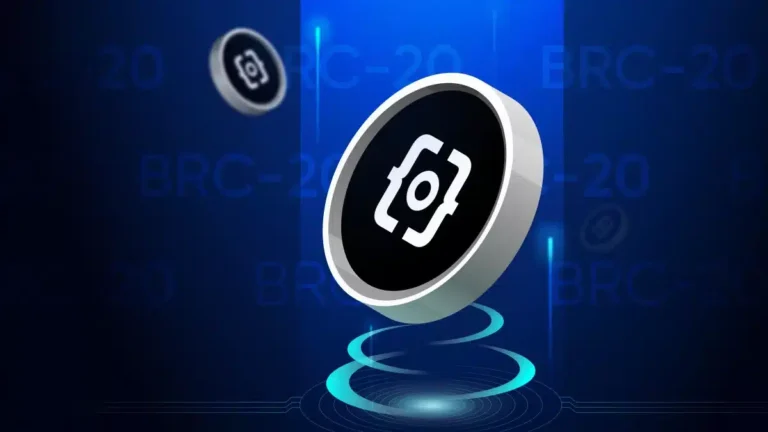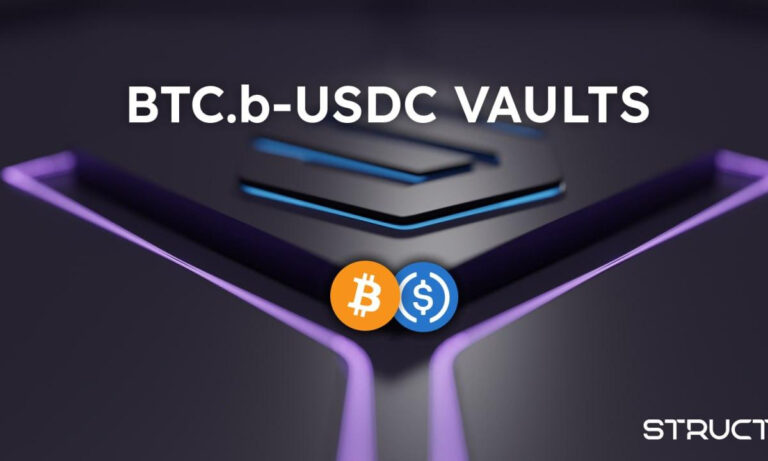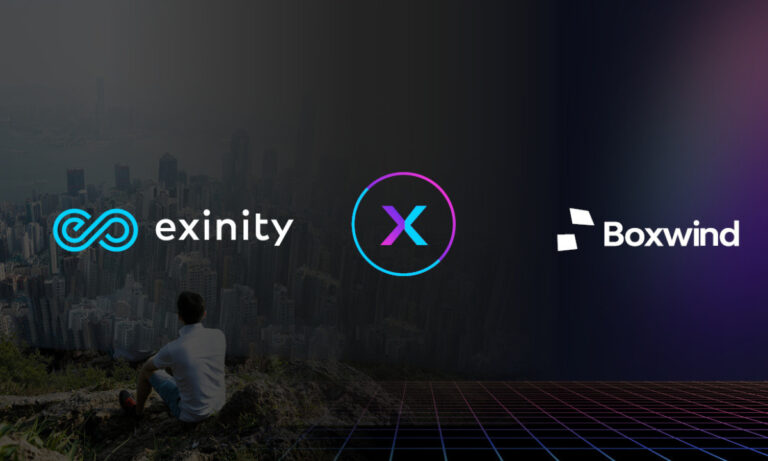How Blockchain Can Help Identify Deepfakes: A Look at IOTA, VeChain, Polygon, and Cardano

Blockchain technology can help identify deep fakes in a number of ways:
- Immutability: Blockchain is a distributed ledger technology that is secure and tamper-proof. This means that once data is stored on the blockchain, it cannot be changed or deleted. This makes blockchain a valuable tool for storing and verifying the authenticity of media content.
- Transparency: Blockchain is a transparent technology, meaning that all transactions are recorded on the blockchain and are visible to all participants. This makes it difficult to create deep fakes without being detected.
- Provenance: Blockchain can be used to track the provenance of media content, meaning that it can be traced back to its original source. This can help to identify deepfakes that have been created by manipulating existing media content.
IOTA, VeChain, Polygon, and Cardano are all blockchain platforms that are well-suited for identifying deep fakes. These platforms offer a number of features that make them ideal for this task, including:
- Immutability: All of these platforms use a distributed ledger technology that is secure and tamper-proof. This makes it difficult to create deep fakes without being detected.
- Transparency: All of these platforms are transparent, meaning that all transactions are recorded on the blockchain and are visible to all participants. This makes it difficult to create deep fakes without being detected.
- Provenance: All of these platforms can be used to track the provenance of media content, meaning that it can be traced back to its original source. This can help to identify deepfakes that have been created by manipulating existing media content.
In addition to these features, IOTA, VeChain, Polygon, and Cardano also offer a number of other features that can be used to combat deepfakes. These features include:
- Smart contracts: Smart contracts can be used to automate the verification of media content. This can help to identify deepfakes quickly and easily.
- Decentralized storage: Decentralized storage can be used to store media content in a secure and tamper-proof manner. This can make it more difficult for deepfakes to be created and distributed.
- Blockchain analytics: Blockchain analytics tools can be used to track the movement of media content on the blockchain. This can help to identify deep fakes that have been created and distributed.
While blockchain technology can be a valuable tool for identifying deep fakes, it is important to note that it is not a perfect solution. Deepfakes can still be created and distributed, even if they are stored on the blockchain. However, blockchain can make it more difficult to create and distribute deep fakes, and it can also help to identify deep fakes that have been created.
Here are some specific examples of how IOTA, VeChain, Polygon, and Cardano can be used to combat deep fakes:
- IOTA: IOTA is a feeless, scalable, and fast blockchain platform that is well-suited for storing and verifying the authenticity of media content. IOTA’s Tangle network is also resistant to Sybil attacks, making it difficult to create fake accounts that can be used to spread deep fakes.
- VeChain: VeChain is a blockchain platform that is focused on supply chain management. VeChain’s Thor blockchain is tamper-proof and can be used to track the provenance of media content. This can help to identify deepfakes that have been created by manipulating existing media content.
- Polygon: Polygon is a scalable and secure blockchain platform that is well-suited for decentralized applications. Polygon’s Proof-of-Stake consensus mechanism makes it energy-efficient and environmentally friendly. Polygon also offers a number of tools that can be used to combat deepfakes, such as smart contracts and decentralized storage.
- Cardano: Cardano is a scalable and energy-efficient blockchain platform that is well-suited for decentralized applications. Cardano’s Proof-of-Stake consensus mechanism makes it more secure than Proof-of-Work blockchains, such as Bitcoin and Ethereum. Cardano also offers a number of tools that can be used to combat deep fakes, such as smart contracts and decentralized storage.
Overall, blockchain technology offers a number of advantages that can be used to combat deepfakes. Blockchain is secure, transparent, and tamper-proof. It can also be used to track the provenance of media content. This makes blockchain a valuable tool for storing and verifying the authenticity of media content.











